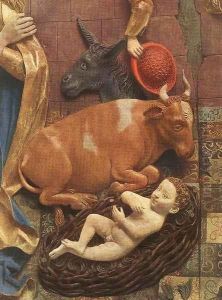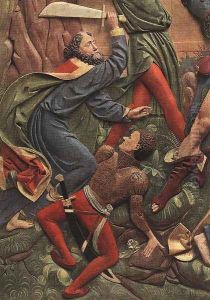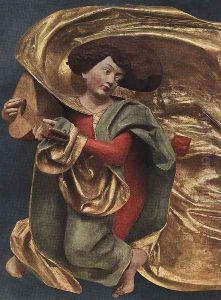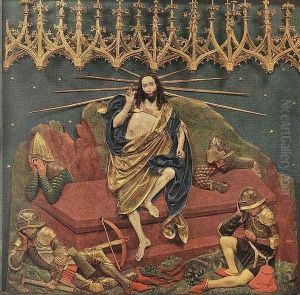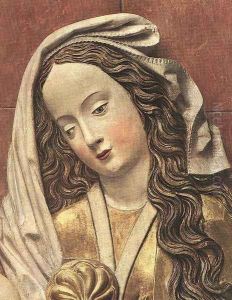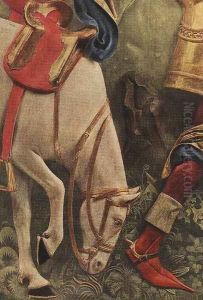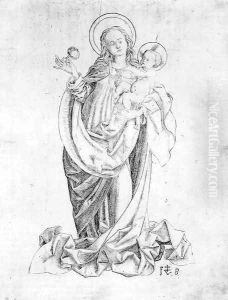Veit Stoss Paintings
Veit Stoss (also spelled Veit Stoß) was a German sculptor and woodcarver who was one of the leading artists of his time in Central Europe. Born in Horb am Neckar around 1447, Stoss initially may have been trained in Swabia or the Rhineland. However, his style was heavily influenced by the art of the Netherlands, which was a major center of art and commerce during the period.
Stoss's most significant period of productivity occurred after he moved to Kraków, Poland, in 1477. He was invited by the Polish king and quickly became a prominent artist in the city, creating many of his masterpieces there. One of his most famous works is the altarpiece in St. Mary's Basilica in Kraków, completed in 1489. This monumental work, carved in lime wood, is a tour de force of late Gothic sculpture and is revered for its intricate details and emotional expressiveness.
Stoss's style is characterized by a remarkable sense of movement and an ability to convey deep emotions through his figures. His sculptures and woodcarvings often feature complex, swirling draperies and a vivid sense of life. He was also known for his technical skill and his ability to work on a very large scale.
Despite his success, Stoss's life was not without controversy. In 1496, he was convicted of currency forgery in Nuremberg and was branded on both cheeks as punishment. After serving his sentence, he returned to Kraków, where he continued to work until his death in 1533.
Stoss's influence extended beyond his lifetime, with his style impacting the work of other Northern Renaissance artists. His legacy is seen in the continued appreciation of his work and the preservation of his masterpieces, which remain central to the study of late Gothic art in Europe.

